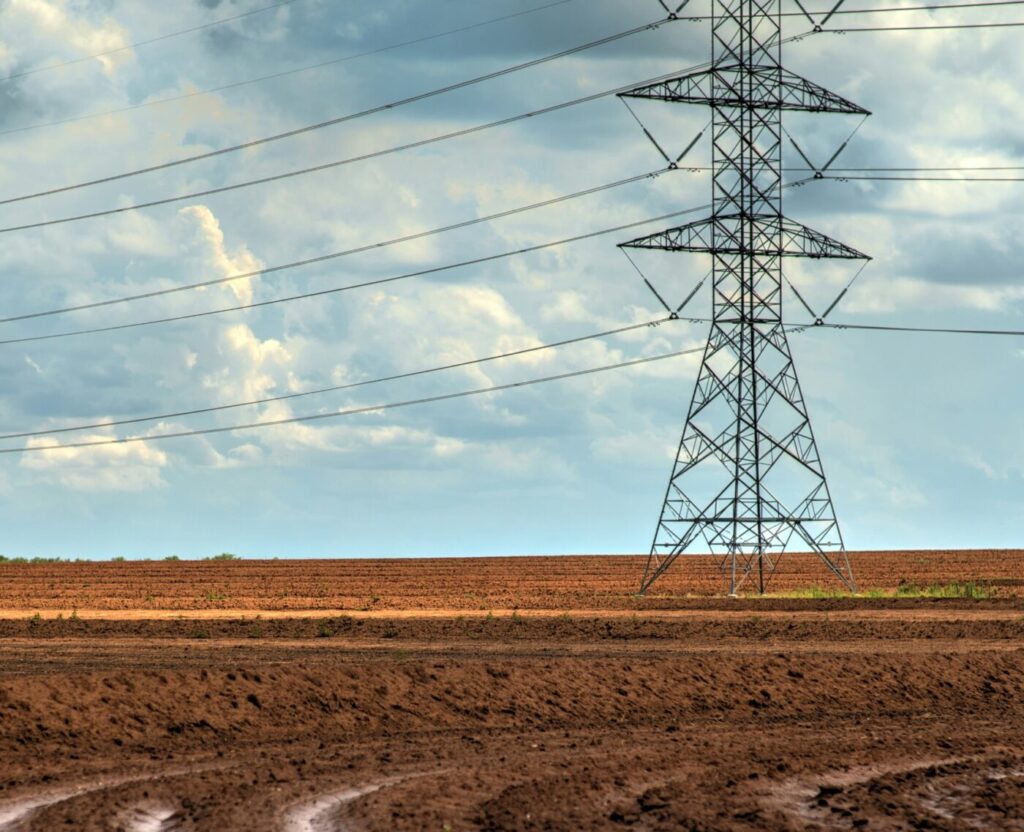
Researchers at The Australian National University (ANU) have identified the most suitable locations for constructing new powerlines across Australia. This development aims to facilitate the harnessing of significant amounts of low-cost solar and wind energy. By evaluating over 500 potential transmission corridors, the study pinpointed 147 options that scored highly in terms of feasibility and effectiveness.
Dr. Cheng Cheng, a lead researcher on the project, emphasized the critical role of transmission infrastructure in achieving Australia’s renewable energy goals. He noted that current transmission capacity has become a bottleneck for the transition to cheaper and cleaner electricity. “Australia is tracking towards 82 percent renewables by 2030, but where and how we build new powerlines will determine costs, community impact, and reliability for decades,” Dr. Cheng stated.
The research indicates that by strategically building new powerlines in the identified locations, Australia could expedite its pathway to net-zero emissions while also reducing energy costs for consumers. According to Dr. Cheng, “Australia can cut power bills and accelerate the renewable transition by targeting a small set of optimal transmission corridors to unlock top wind and solar zones, reducing system costs by up to 18 percent.”
One of the promising areas highlighted in the study includes several corridors running west from Brisbane into inland Queensland, which could tap into extensive solar and wind resources in flat and largely cleared regions. This approach is particularly relevant given ongoing public debate regarding the placement of wind farms in wooded areas north of Brisbane.
The study also points out that corridors extending north from Brisbane possess relatively low potential for energy generation. Professor Andrew Blakers added that Australia needs to increase its solar and wind capacity sixfold to meet its net-zero emissions target. He stressed the urgency of developing new transmission corridors to support the electrification of transport, heating, and industry.
“Today’s electricity transmission network will soon be fully loaded by solar and wind farms. New transmission corridors are needed that unlock low-cost solar and wind generation,” said Professor Blakers. The regions that host these new transmission lines, along with solar and wind farms, stand to benefit significantly from billions of dollars in economic activity, land leasing fees, and the creation of thousands of long-term jobs.
Dr. Cheng further explained the advantages of establishing large solar and wind farms in the Northern Territory and northern Queensland. These locations offer excellent winter energy resources and manageable distances to major cities such as Brisbane, Sydney, and Melbourne through high-voltage direct current transmission systems.
The researchers assessed each location based on three key metrics, which are detailed in an interactive map available on the ANU website. This research has been published in the journal Applied Energy, providing valuable insights into Australia’s future energy landscape and the necessary infrastructure to support it.







